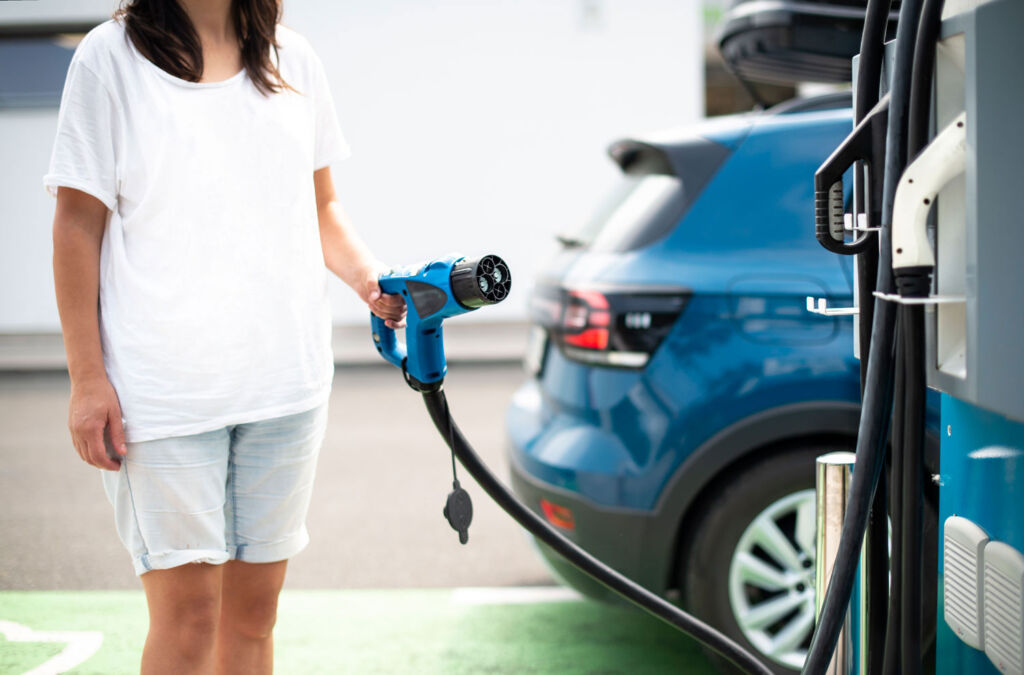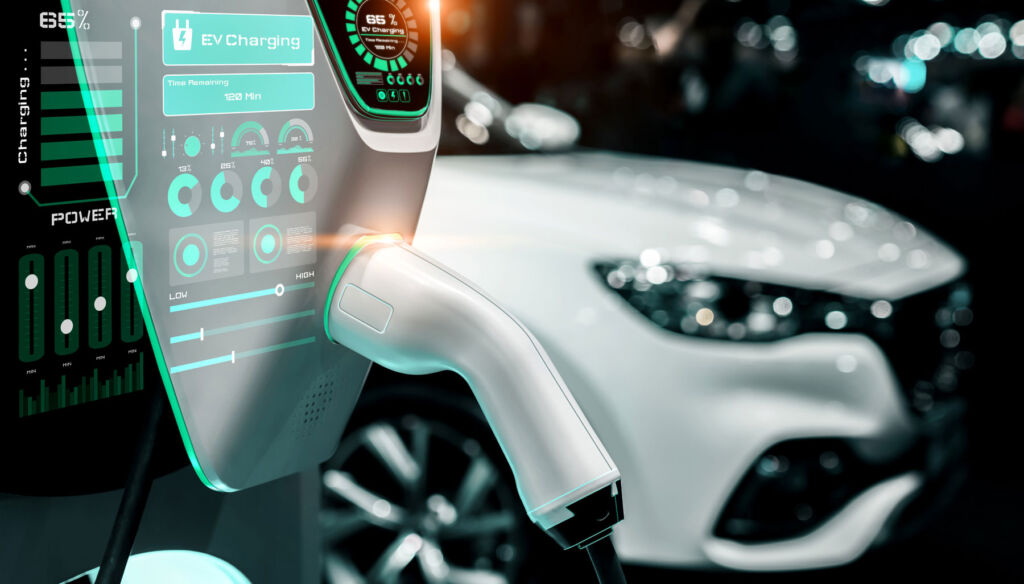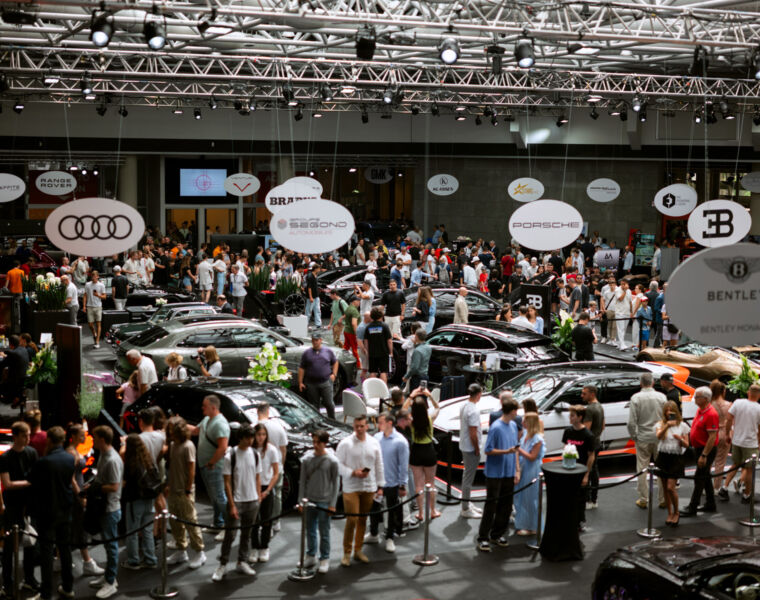
A decade ago, choosing a car was relatively simple; petrol or diesel. Nowadays, the decision is more complicated with many acronyms such as PHEV, MHEV, etc. For this guide, we have an expert to explain the somewhat confusing terminology.
According to new research, a quarter of motorists plan to buy or lease a new vehicle in the next year, and many will be opting for a hybrid.
Incredibly, and against many motoring industry experts’ opinions, hybrid vehicles are ‘currently’ still set to be banned from the market by 2035, even though research suggests that most motorists are still eager to get behind the wheel of one.
The significant advantage of hybrid vehicles is they act as a comforting bridge between a car with a traditional combustion engine and one that is fully electric. However, today, lobbying and pressure from those armed with select facts and data appear to have won the ears of many politicians for now.

Choosing a new car in today’s times is, for many, somewhat of a gamble. Although organisations and groups like to bandy around terms such as Settled Science, many feel that it is far from the case, as behind the scenes, there are more environmentally-friendly fossil fuels currently in development, and the added potential of hydrogen power looming in the background.
The tricky problem for many car buyers is no one wants to spend a lot of money on what could become defunct technology.
In our opinion, a hybrid vehicle is the most sensible option in current times. However, it is easier said than done as there are various types to choose from with acronyms such as HEVs and PHEVs, and more. Below, Graham Conway, the managing director at Select Car Leasing, explains the difference between different variations of hybrids and the ways they operate.
Mild hybrid (MHEV)
With a traditional petrol or diesel car, you have a starter motor and an alternator, with the alternator keeping the car’s 12-volt battery charged.
With a mild hybrid, on the other hand, the starter motor and alternator are jettisoned in favour of a small electric generator and a compact lithium-ion battery.
That lithium-ion battery is recharged through regenerative braking – so you never need to plug it in, and you don’t have to actively think about recharging it.
But the advantage of the mild hybrid system is that rather than the combustion engine having to charge the electrical system, the mild hybrid battery and generator take the strain instead. That means the combustion engine is doing slightly less work, and therefore you see miles per gallon and CO2 emissions benefits. The mild hybrid system can also assist with acceleration, too.
The downside with a mild hybrid is that the small battery can’t turn the wheels, so there’s no electric range.
The Suzuki Swift and Ford Fiesta are great examples of affordable mild hybrids.
Hybrid Electric Vehicles (HEVs)

You might see different terminology for these types of cars – most commonly a ‘full hybrid’ or ‘self-charging hybrid’.
Unlike a mild hybrid, a full hybrid can deliver power directly to the wheels, thanks to a powertrain involving the use of both a traditional combustion engine, a battery, and one or more electric motors.
With a full hybrid, the engine and battery can run independently of each other or seamlessly together.
And like a mild hybrid, a full hybrid never needs to be plugged in, as it charges itself as you drive down the road.
Unlike a plug-in hybrid (see below), a full hybrid is only able to travel for a relatively short distance – typically somewhere between 1 and 5 miles – using electricity alone.
Plug-in Hybrid Electric Vehicles (PHEVs)

A PHEV has both a petrol or diesel engine and a medium-sized battery.
And some plug-in hybrids really can go the distance – with cars like the Range Rover P440e boasting a range of up to 70 miles using electricity alone.
You also get exceptional fuel economy with a PHEV. The plug-in hybrid BMW 3 Series 330e, for example, can return around 140 miles to the gallon.
When the energy in the electric battery of a PHEV is depleted, the traditional engine takes over.
As the name suggests, a plug-in hybrid needs to be recharged – unlike a mild hybrid or full hybrid – and to really make the most of a PHEV, it’s recommended you install a dedicated charging point at home.
Charging times for PHEVs range from around 2-3 hours. The Toyota RAV4 plug-in hybrid, for example, has a charge time of just 2.5 hours.
Parallel Hybrids
A parallel hybrid is a type of full hybrid vehicle (see above) where both the electric motor and internal combustion engine are connected to the transmission and can simultaneously provide power to the wheels.
In a parallel hybrid, both the electric motor and the engine can work together to power the vehicle or only one of the power sources can be used depending on driving conditions.
Parallel hybrids are known for their ability to provide better acceleration and overall performance compared to other types of hybrid vehicles.
As such, parallel hybrids are common in powerful sports cars – like the McLaren P1 – because an electric motor can offer a boost of torque while the traditional engine’s turbos spool up.
Range Extender Hybrid (REH)
A range-extender powertrain is a technology that uses a small combustion engine to help the battery in an electric vehicle go further. It acts like a backup generator, helping to recharge the battery when it’s running low, so you either don’t need to stop and recharge at all or not as often.
The new Nissan Qashqai e-Power is a great example of a range-extender hybrid.
Here a 1.5-litre petrol engine feeds power to an electric motor, which in turn drives the wheels. It gives the feel of driving a fully electric vehicle without ever needing to charge it up. And with the ePower system, you can expect a fuel economy of around 53 mpg.
Read more motoring news, guides and features here.

![]()




You must be logged in to post a comment.